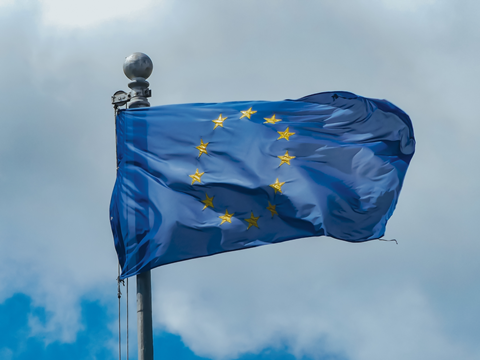
As the Packaging and Packaging Waste Regulation enters into force, we have compiled all its essential deadlines into one list, starting with this year’s expectations and looking all the way out to 2040.
By 31st December 2025:
- Under measures put in place to achieve a ‘sustained reduction’ in lightweight plastic bag consumption, the annual consumption of lightweight plastic carrier bags in each Member State must not exceed 40 bags per person, or an equivalent target in weight. The same will apply on 31st December every year thereafter. Member States can exclude very lightweight plastic bags required for hygiene purposes or to prevent food waste from this target.
- A minimum recycling target of 65% by weight of all packaging waste generated must be reached. This includes 50% of plastic, 25% of wood, 70% of ferrous metals, 50% of aluminium, 70% of glass, and 75% of paper and cardboard.1
By 12th August 2026:
- Packaging exceeding a certain threshold of per- and polyfluorinated alkyl substances (PFAS) will no longer be permitted on the EU market.
- The EU Commission will release harmonized guidelines regarding labels and labelling.
By 12th February 2027:
- The HORECA sector must facilitate a system for consumers to bring their own containers to be filled with ready-made food and/or hot and cold takeaway beverages.
By 1st January 2028:
- Labels providing instructions to separate packaging components for separate disposal must be ‘affixed, printed or engraved visibly, legibly and indelibly on all waste receptacles’ for collecting plastic waste.
- Member States must report to the European Commission their progress towards reusable packaging targets; their annual plastic carrier bag consumption; and the separate collection rates of packaging via deposit return scheme systems.
- Yearly statistics must also be provided for packaging placed on the market per type and material; the amount of separately collected packaging waste material; national recycling rates; and a Member State’s installed capacities for sorting and recycling per packaging type and material.
By 12th February 2028:
- The HORECA sector must give consumers the option to purchase ready-made food and hot and cold takeaway beverages in reusable packaging.
By 12th August 2028:
- All packaging except deposit return scheme and transport packaging, but including e-commerce packaging, must feature a harmonized label informing consumers of the pack’s material composition, allowing them to sort packaging components into the correct recycling streams.
By 1st January 2029:
Member States must ensure that deposit return systems are established for single-use plastic beverage bottles and metal beverage containers, both with a capacity of up to three litres, and separately collect at least 90% per year by weight. This will not apply to packaging for wine, aromatized wine products, spirits, milk, or milk-based products.
- Member States will be exempt from this rule if its rate of separate collection for the packaging in question exceeds 90% by weight within the first two years of entry into force; or if the Member State submits a request for exemption at least 24 months before the deadline, accompanied by a strategy with concrete actions.
By 1st January 2030:
- All packaging must be designed for recycling.
- Packaging will not be considered recyclable if it falls under performance grade E, in which it is considered less than 70% recyclable per unit in weight.
- Minimum recycled content targets will be enforced: 30% for contact-sensitive PET packaging; 10% for contact-sensitive packaging made of non-PET plastic, excluding single-use plastic beverage bottles; 30% for single-use plastic beverage bottles; and 35% for anything else.2
- The HORECA sector will be held to a minimum of 10% reusable packaging for take-away products.
- 10% of sales packaging for alcoholic and non-alcoholic beverages must be reusable; this excludes dairy, wines, and spirits, which will be given minimum reuse rates by 12th February 2027.
- 40% of transport packaging – pallets, non-cardboard boxes, trays, plastic crates, intermediate bulk containers, drums and canisters of all sizes and materials, including flexibles, pallet wrappings and straps – must be reusable. This does not apply to food-contact packaging or transport packaging for dangerous goods or large-scale machinery.
- 10% of non-cardboard grouped packaging must be reusable.
- Final distributors with a sales area of 400m2 or more must dedicate at least 10% of their space to food and non-food refill systems.
- The first reporting period for reuse and refill target progress to relevant authorities shall begin. Competent authorities will establish electronic systems through which to report data and specify the formats to be used, and Member States are expected to make the information publicly available.
- Member States must reduce their packaging waste per capita by 5% against a 2018 baseline.
- Producers’ financial contributions under Extended Producer Responsibility (EPR) will be modulated based on the percentage of recycled content used in their packaging.
By 31st December 2030:
- A minimum recycling target of 70% by weight of all packaging waste generated must be reached. This includes 55% of plastic, 30% of wood, 80% of ferrous metals, 60% of aluminium, 75% of glass, and 85% of paper and cardboard.1
By 1st January 2035:
- All packaging must be recyclable at scale; this means it is collected, sorted, and recycled through installed state-of-the-art infrastructure and processes, covering at least 75% of the EU population and including exported packaging waste.
- Member States must reduce their packaging waste per capita by 10% against a 2018 baseline.
By 1st January 2040:
- Minimum recycled content targets will be enforced: 50% for non-bottle contact-sensitive packaging, and 65% for plastic bottles and all other packaging.2
- 40% of sales packaging for alcoholic and non-alcoholic beverages must be reusable; this excludes dairy, wines, and spirits.
- 70% of transport packaging – pallets, non-cardboard boxes, trays, plastic crates, intermediate bulk containers, drums and canisters of all sizes and materials, including flexibles, pallet wrappings and straps – must be reusable. This does not apply to food-contact packaging or transport packaging for dangerous goods or large-scale machinery.
- 25% of non-cardboard grouped packaging must be reusable.
- Member States must reduce their packaging waste per capita by 15% against a 2018 baseline.
[1] Member States may postpone minimum recycling targets by up to five years and by a maximum of 15%. Recycling rates for glass, paper, and cardboard may not fall below 60% in 2025.
[2] These minimum recycled content targets do not apply to contact-sensitive medical device or in vitro diagnostic device packaging; immediate packaging for human or animal medical products; outer packaging for human or medical products in cases where the packaging is necessary to preserve the product’s quality; products for babies or young children; packaging wherein the presence of recycled content poses safety concerns; or packaging for the transport of dangerous goods. They also do not apply to compostable packaging.
For a full and specific rundown of how the Packaging and Packaging Waste Regulation affects your packaging, please refer to the full text.

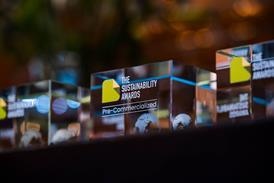

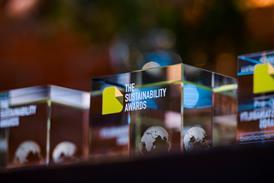
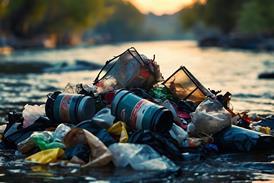
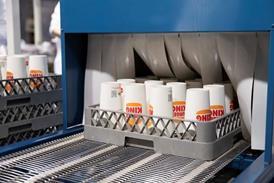












No comments yet